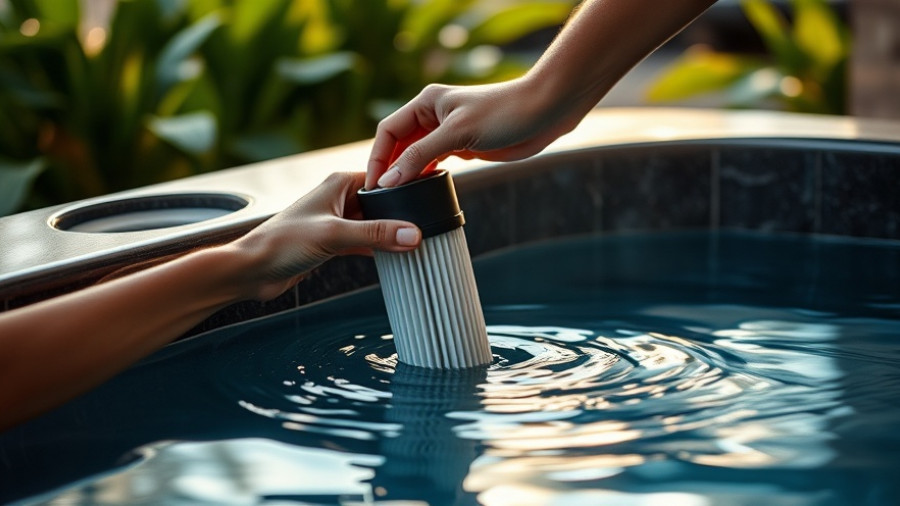
Understanding the Science Behind Microwaves
Microwaves are an essential kitchen appliance, altering how we cook and heat food. The microwave operates by emitting electromagnetic radiation that excites water molecules in food, generating heat that cooks our meals quickly. However, understanding the chemistry behind this process is crucial, especially when it comes to safety. Much of the confusion stems from materials used within the microwave. One critical rule is never to place metal inside, as it disrupts the microwave's functionality.
Why Metal and Microwaves Don’t Mix
Metal objects, including utensils or aluminum foil, reflect microwaves, unlike glass or ceramic that allows them to pass through. When metal is put in a microwave, it can create a phenomenon called arcing, where sparks leap from the metal. Chef Maricel Gentile recounts a memorable lesson when a seemingly harmless dish towel with metallic threading sparked and ignited. This dangerous incident underscores why metal pieces can turn the microwave into a mini fireball.
The Consequences of Microwaving Metal
When you mistakenly place metal in a microwave, the damage can escalate quickly. Initially, you may notice blue or white sparks, followed by popping sounds, creating an unsettling audio-visual show. If the process continues, unpleasant odors will fill the air, and if left unchecked, ingredients or the microwave itself can ignite, leading to a potential house fire.
Microwave-Safe Materials: What You Need to Know
Understanding what materials are microwave-safe can help prevent kitchen disasters. Some of the best options include tempered glass, which withstands high heat while allowing you to monitor cooking, and ceramic or stoneware, which can hold heat efficiently. However, it’s essential to guard against materials known to melt or warp under heat, such as styrofoam. Appliance expert Matthew Morrison advises caution even with supposedly microwave-safe cookware, recommending oven mitts for those hot dishes.
Are There Any Exceptions? Safe Metal Options
While it’s generally best to avoid metal entirely, some specially-designed metal cookware can safely be used in microwaves. Thick, smooth stainless steel trays or microwave-safe racks may pass the test, but ensure they are free from sharp edges or imperfections. Remember, even the tiniest flaw can lead to risk. Therefore, adopting a cautious approach is advised, especially since the protective finishes of some metal items can wear off during operation.
Common Myths About Microwaves
Many misconceptions swirl around microwave safety and metal. One prevalent belief is that any metal is inherently dangerous in microwaves, but this isn’t always true. Understanding the types of metal and their readiness for microwave cooking can be beneficial. For instance, engineered microwave-safe containers do exist but should be handled with care.
Preventing Mishaps in the Kitchen
To steer clear of hazards when using a microwave, always check labels on containers and cookware. It’s wise to establish a designated area in your kitchen for microwave-safe items and train everyone in your household on what can and cannot go inside. Regularly inspecting utensils and cookware for wear can also prevent unsafe situations.
Conclusion: Keep Your Kitchen Safe
Though microwaves offer convenience, understanding their limitations is essential. Remember to avoid putting metal inside these appliances, embrace materials that pass microwaves safely, and always stay vigilant in the kitchen. Take the time to educate others in your home about microwave safety, as awareness can transform potential hazards into safe cooking practices.
 Add Row
Add Row  Add
Add 




Write A Comment